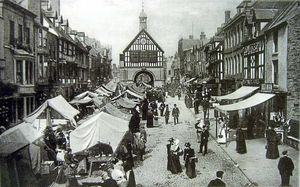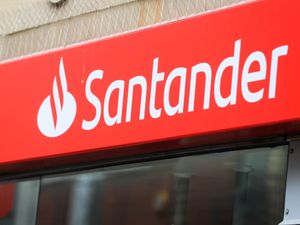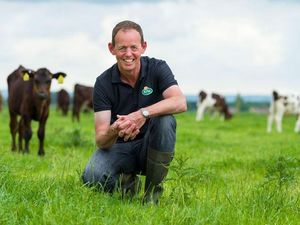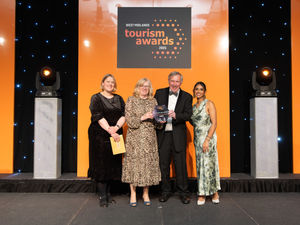Bridgnorth High Street named as one of best in UK
Bridgnorth's historic High Street was today named as one of the best in the UK. The town has been shortlisted in the third annual Great British High Street competition.
Bridgnorth has been named alongside Market Harborough and Hinkley, both in Leicestershire, as one of the top three in the Large Market Town category.
This year's competition saw a record 900 entries across all 14 categories, including the new categories for individuals and shops. Now the shortlist has been drawn up and the public has the chance to vote directly for their best-loved high street online.
If Bridgnorth wins, not only will it get a share of a prize pot worth £100,000, but it will win expert training from Google's digital taskforce for shops, bars and restaurants and a trip to Twitter UK's London office to further boost their social media skills.
The second Great British High Street competition last year saw 230 entries and attracted more than 200,000 public votes, with Bishy Road in York, a former finalist, crowned Britain's best.
Bishy Road found that winning not only boosted town pride, but also had a tangible economic impact with retailers reporting increased footfall.
Sarah Stevens, of Buy Big in Bridgnorth, and Sally Themans, of Love Bridgnorth, hope that will happen too for Bridgnorth. They entered the town in the competition as a way of raising its profile.
Sarah said: "We're proud of Bridgnorth being at the centre of one of Britain's best high streets and we hope this will be a real boon for the town."
Sally added: "We're going to be pulling out all the stops to make sure local people know about Bridgnorth's shortlisting. Now we just need everyone to show their support and get voting."
High Streets Minister Andrew Percy said: "Our high streets are the life and soul of towns, villages and cities across the country and the record number of competition entries, this year is proof of their continued importance to local life."
The Great British High Street Competition 2016 celebrates the work that is being done to revive, adapt and diversify the nation's high streets. It is one of a number of initiatives to help champion high streets as the cornerstones of the community.
The government says it is helping local business communities adapt to the changing face of high streets, with a £6.7 billion package of business rates support, to cut the rates for 900,000 businesses and 600,000 now paying none at all.
Alongside the public's votes shortlisted towns will also be inspected by the judging panel – made up of industry leaders from across retail, property and business – including British Land, the Post Office and Holland and Barratt.
To go online to cast a vote, visit the Great British High Street website and follow @TheGB HighSt on Twitter. Voting closes in November.

Town Hall dominates historic area which has remnants of bygone era
Until 1904 Bridgnorth High Street was cobbled – and many remnants of that time and earlier still exist today.
One modern business which still depicts its former self is Cafe Express, which used to be a butchers.
To the right of the door there is still a pull out bracket which was used for the scales to weigh meat and just inside the alley next door there are still hooks on the walls for hanging the meat.
The Swan dates back to 1580, when it was originally named The Talbot, which carries the Earl of Stafford's emblem.
It is rumoured that when the railway tunnel was in use the glasses and tables would rattle as the train passed underneath.
Beaman and Son's butchers has had the same shop front since it opened in 1890. Above Boots are painted windows that are black and white from when the window tax was in effect.
There is also an ornate down spout.
Bridgnorth's town hall has stood in the centre of the High Street since the 17th century. The hall was built on stilts to provide a covered market place for the town, which still continues each weekend. The town hall is a listed building comprising an oak framed hall on top of stone pillars. Its stained glass windows were installed in 1887 to commemorate Queen Victoria's Golden Jubilee.
Currently there is a council chamber, court room and a waiting room which is used as a tea room.
Local carpenter Harry Perry carried out extensive work on the panelling and carvings in the building as well as working as a journeyman on York Minster and the Russian Imperial palaces.





